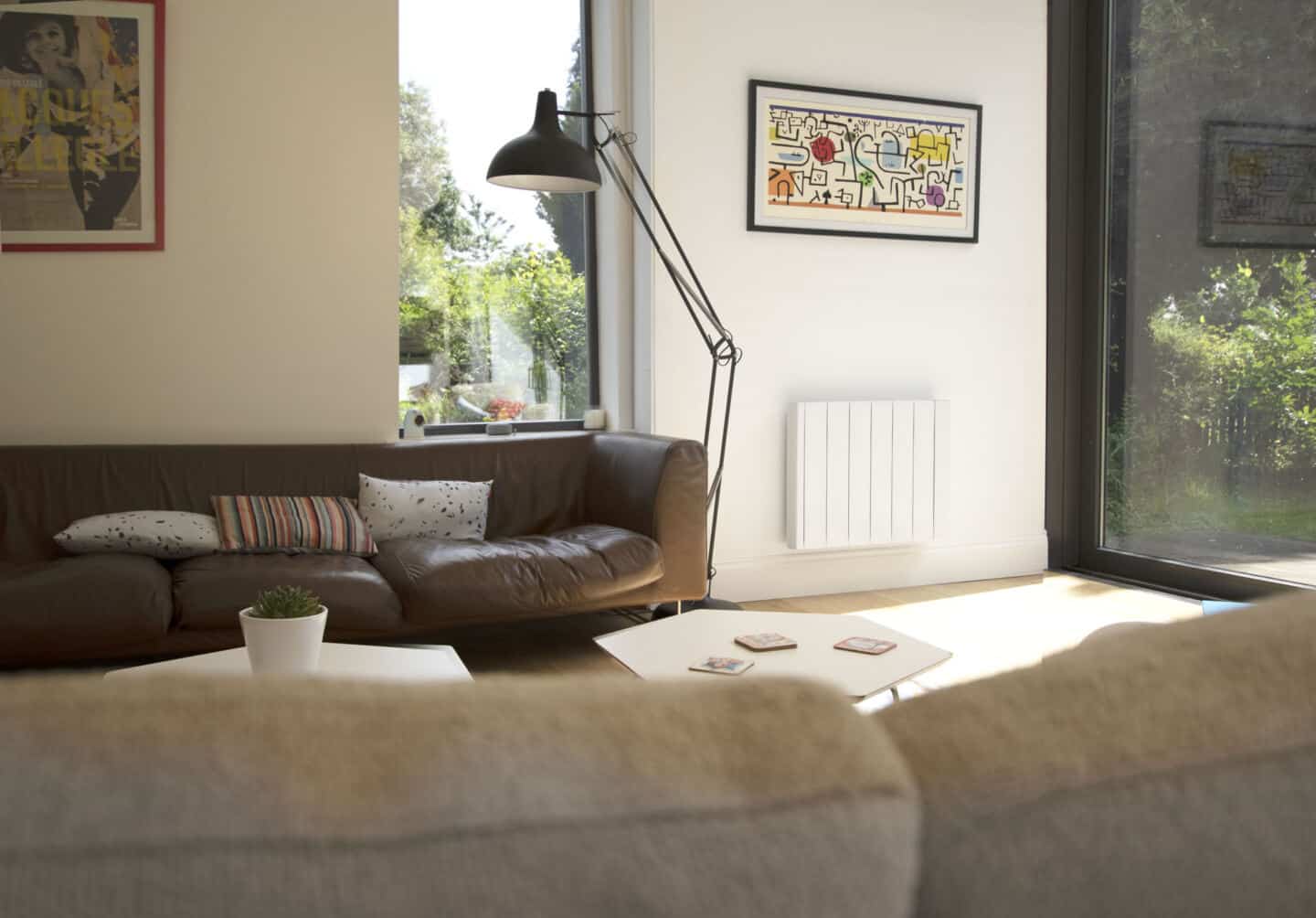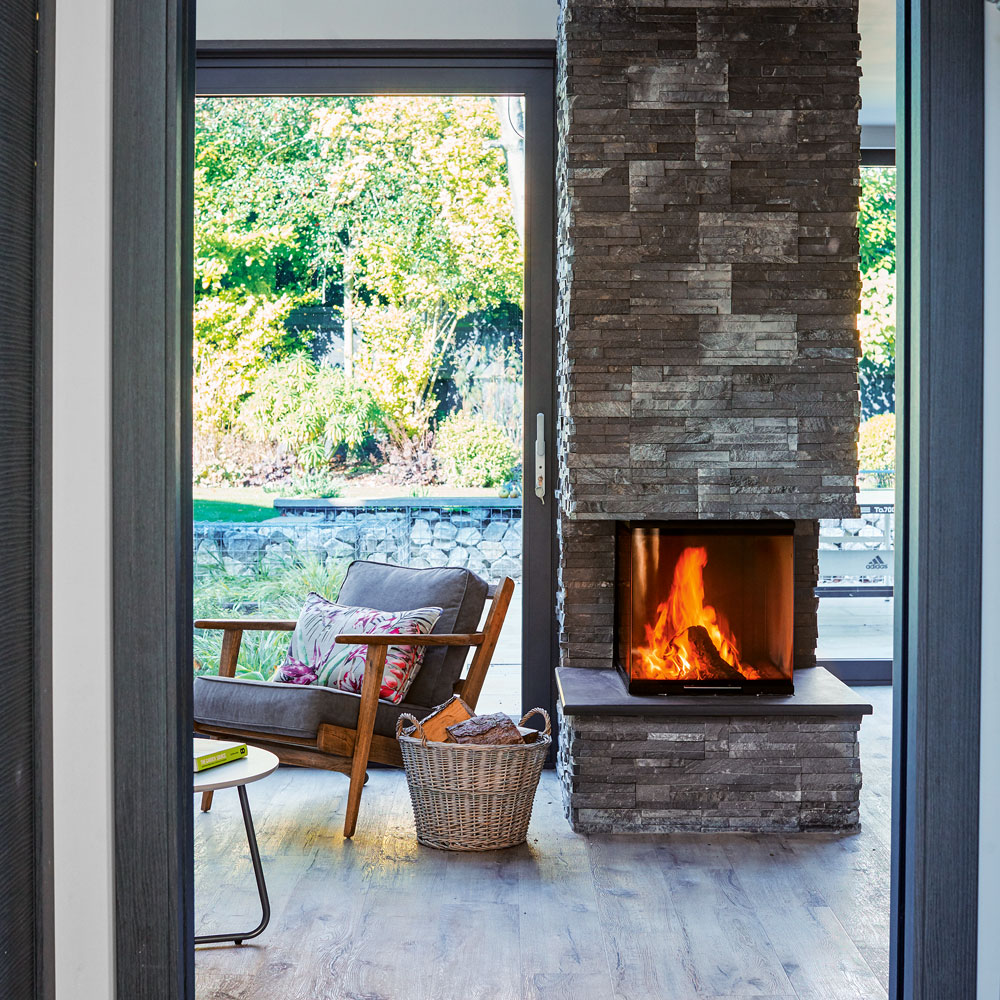Save Energy, Lower Utility Bills With a Geothermal Heat Pump
Homeowners in the U.S. average $1,900 a year on utility bills, with over 20 percent going to heating and cooling costs. So, it only makes sense to have the most energy efficient HVAC system for your home — a geothermal heat pump. Geothermal heat pumps don’t burn fossil fuels, so they’re eco-friendly. (jpproductions, Getty Images) … Read more



